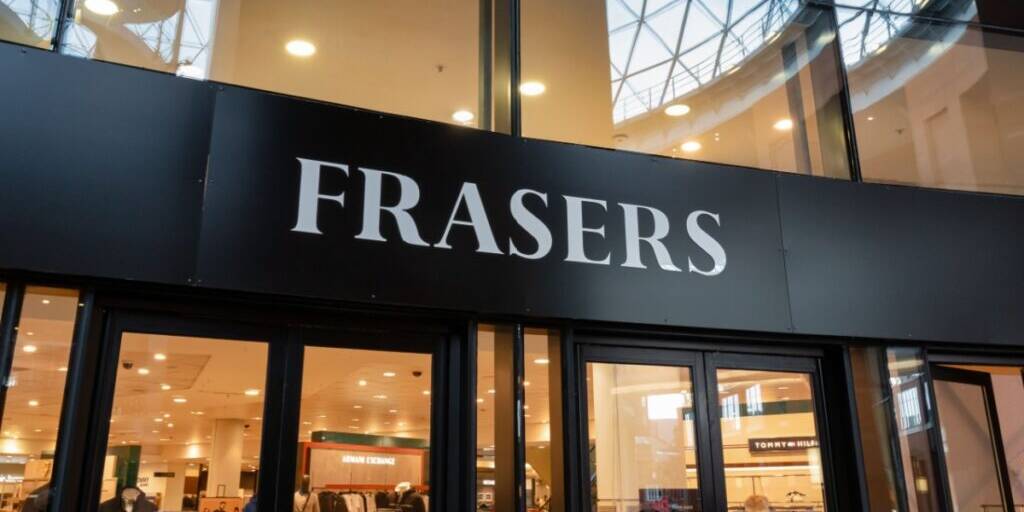The tax loophole exploited by Chinese retail giants such as Temu and Shein has been well documented in the media recently, with names like Theo Paphitis and Lord Wolfson of Aspley Guise (Next) challenging the government on the ‘de minimis’ rule. By shipping in smaller parcel sizes directly from China to the customer, rather than in bulk via a fulfilment centre, retailers avoid paying import duties on parcels up to the value of £135.
With this in mind, Barbourne Brook Customs Duty Consultants are urging retailers to review their customs duty strategy and take advantage of untapped opportunities to compete.
Adam Wood, Head of Commercial at Barbourne Brook commented:
“UK retailers have faced challenging times in recent years, and this loophole has compounded that situation, with many feeling that they are now unfairly disadvantaged compared to Chinese competitors. It’s more pertinent than ever for retailers to review their customs duty strategy and ensure that they are operating in the most efficient way possible. All too often, we see businesses missing out on vast savings due to a lack of awareness of duty-saving practices – many of which are available to UK businesses only.”
Finance teams can start the process by asking how much customs duty they are currently paying. From there, they can identify opportunities for future savings and retrospective claims by considering the following:
A good place to start is often by taking a closer look at your classification codes. Determining the correct customs classification (or tariff) is often complicated, and errors can easily be made. This is a common issue causing businesses to overpay or underpay on customs, and either issue can have significant financial implications.
The customs tariff has over 16,000 codes, with rates varying from 0-40%+. Definitions are often complex with unfamiliar language, and businesses are often unclear on categorisations. A single word can have a dramatic effect. Categorisation is commonly the responsibility of an under-experienced person, who is likely to have little understanding of the consequences of their decisions. It is worth investing in getting professional advice on getting this right at the outset to ensure you are not overpaying on the incorrect code with every shipment.
Once the correct code is identified, further savings are possible through legitimate “tariff engineering”. This is a common method for making minor changes to a product or how it is shipped so that it becomes classified to a tariff with a lower rate of duty. For example, the product could be split down and later assembled in the UK or built up before submission to customs.
Another area to explore when looking for cost savings on customs duty is customs origin and Free Trade Agreements (FTA). The UK has an FTA with over 70 countries that allow qualifying goods to be imported at a reduced, often free, rate of duty. However, businesses must be proactive to take advantage of FTA arrangements, determine whether the conditions apply, and ensure other parties provide the necessary documentation and make the required claims.
Several lesser-known elections can expand the range of savings and strengthen the claims process. Once established, claims for the lower rates should come in smoothly, but it’s wise to have checks in place to ensure that nothing has been overlooked.
If this article raises important questions or cost-saving ideas for your business, reach out to Adam Wood today!
Related Posts
21 November 2025
Frasers Group vs HMRC: Winning the battle doesn’t end the war on anti-dumping duties
The Frasers Group tribunal win may look…
13 November 2025
£8.5m Ruling Clarifies: Import VAT on Repairs Is Unrecoverable Without Special Procedures
A recent First-tier Tribunal case…
13 November 2025
Customs: Cost Centre or Value Creator? | Why Smart Businesses Are Rethinking Customs in the Supply Chain
For many boardrooms, customs is still…


